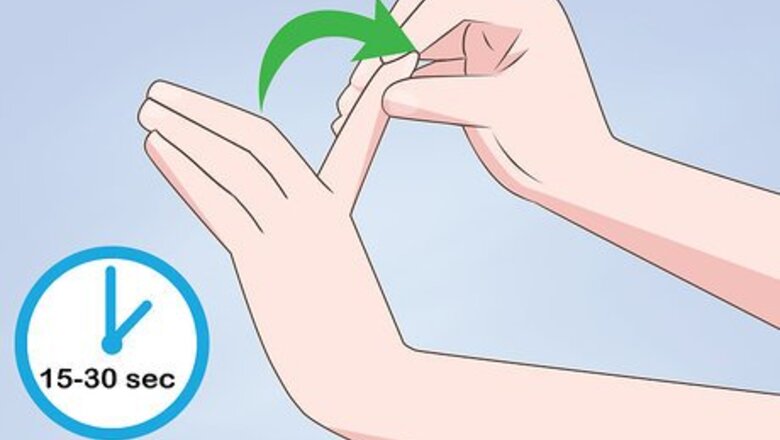
views
Exercising Your Hands and Fingers
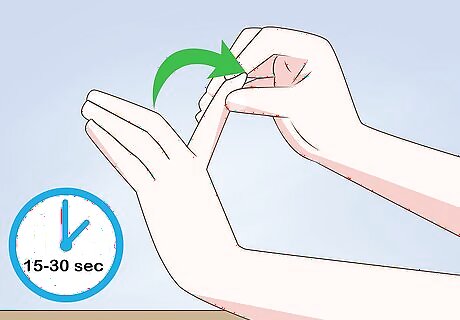
Practice flexor stretching to improve flexibility. With your elbow on a table and your hand pointing up, pull each of your fingers gently back toward your wrist. Hold each finger for 15 to 30 seconds to receive a proper stretch. Before playing, use flexor stretching as a warm up to loosen the muscles in each of your individual fingers.
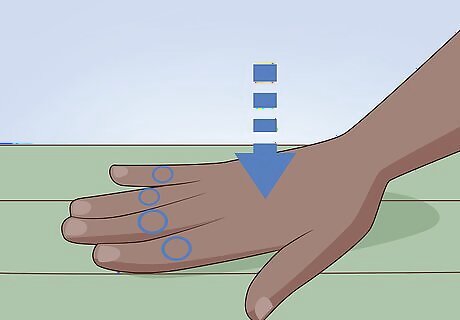
Bend and relax your knuckles to strengthen each finger. In order to strengthen each finger individually, spread your fingers all the way out on a flat surface and gently push down. Relax your hand muscles as much as possible while letting your knuckles bend naturally. These small contractions and expansions of the muscles will help make small, helpful tears in the muscle tissue. Over time, these small muscle tears will help strengthen these muscles and make them more flexible.
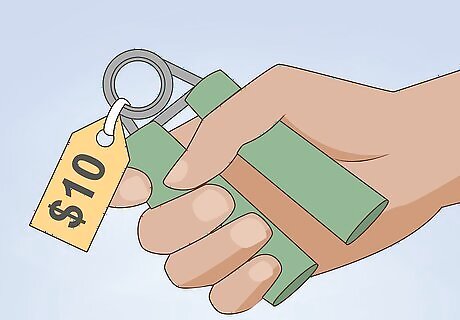
Use a grip strengthening device. To improve finger independence and knuckle strength, purchase a grip strengthening device and use it before and after practice. These cheap devices will improve your strength over time and can be used anywhere, such as while watching television or while taking a walk. You can buy hand strengthening devices specifically for your fingers for less than $10 at online retailers like amazon.com.
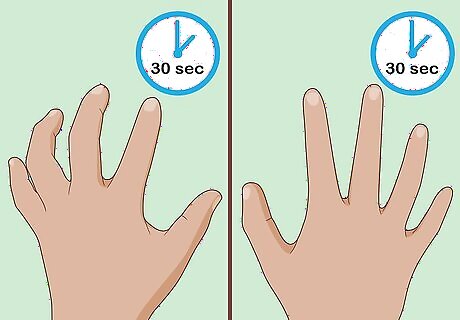
Alternate between squeezing and spreading your fingers. With your palm laying flat on a table, squeeze your fingers together as tightly as possible for roughly 30 seconds. Then, keeping your palm on the table, spread your fingers apart, as wide as you can, for another thirty seconds. Repeat this exercise once or twice daily to improve flexibility.
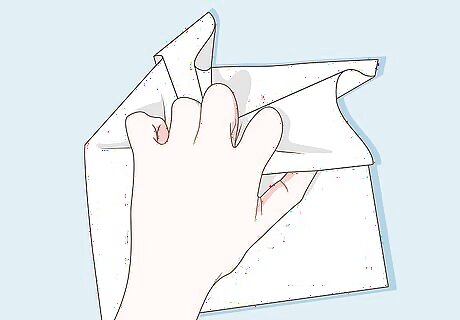
Utilize crumple exercises for a full hand workout. Holding a newspaper or piece of paper between your thumb and all four fingers, extend your hand in front of you and crumple the paper into a ball using only your fingers. This exercise will strengthen your hand muscles over time. Focus on crumpling the paper as fast as possible for better results.
Playing Piano to Improve Dexterity
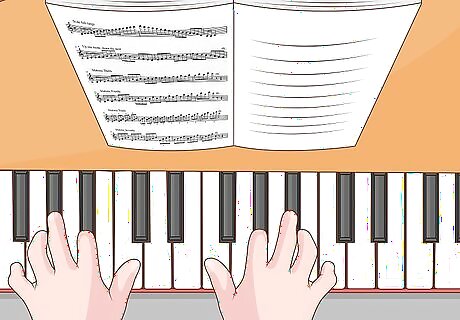
Improve your dexterity by practicing scales. A fundamental practicing technique, scales are an integral part of improving dexterity in the muscles of the hand and fingers. Although scales can be boring, they help reinforce knowledge of the notes in each key signature as well as helping develop finger strength and rhythm. As your skills progress, focus on playing major, minor and chromatic scales. Also practice major and minor arpeggios to improve dexterity.
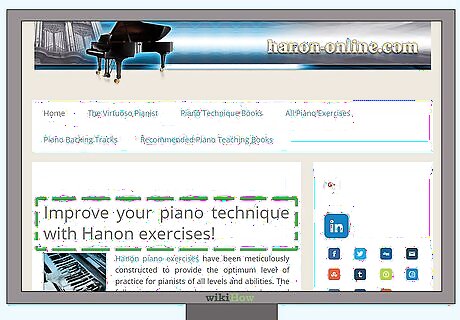
Learn and practice hanon exercises. Hanon exercises provide the highest level of practice for people of all different abilities, improving technical skill, speed, and precision. Using these exercises during practice will improve your dexterity and abilities at the same time. Visit https://www.hanon-online.com for a full list of hanon exercises.
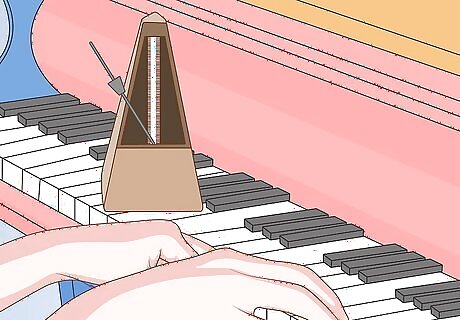
Play at different tempos using a metronome. Playing at faster speeds will improve your hands’ strength and dexterity. Use a metronome during your regular practice, and slowly increase the tempo over time. Playing faster will increase the stress put on the muscles and fingers and ultimately strengthen them and make them more flexible.
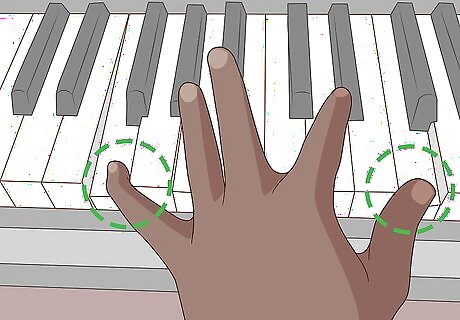
Focus on strengthening your weaker hand. The little, or fifth, finger is often the weakest finger on the hand, while the thumb is the strongest. Working on strengthening the weak fingers of your hand will maintain consistency in the dexterity throughout your entire hand. Practice playing scales with even volume across all fingers, or play two alternating notes with your weakest finger and a stronger finger.
Practicing Safely to Avoid Injury
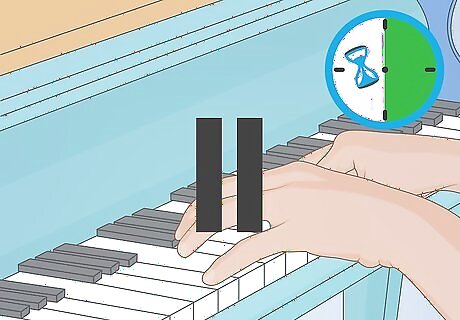
Take a break from playing every 30 minutes. One of the most common injuries received by piano players is by over playing and not resting enough. These injuries in your hands and fingers can permanently damage your dexterity and make playing the piano difficult and painful. Children should take breaks every 15 minutes to avoid injury.
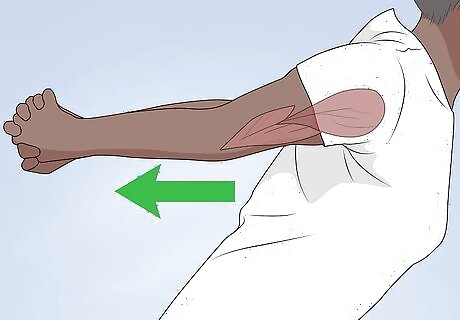
Stretch your shoulders while taking a break from playing. Because the back muscles can become fatigued while playing the piano, take a break every twenty minutes to stretch and loosen these muscles. Begin with sequences of 10 slow and controlled shoulder raises and rolls while holding your arms out by your sides to ease tension in the upper back. This will loosen the lactic acid in these back muscles and make it easier to practice and receive blood flow to your hands. Another way to stretch and loosen your shoulder muscles is by extending both of your arms out to the sides, pushing them back and squeezing your shoulder blades together.
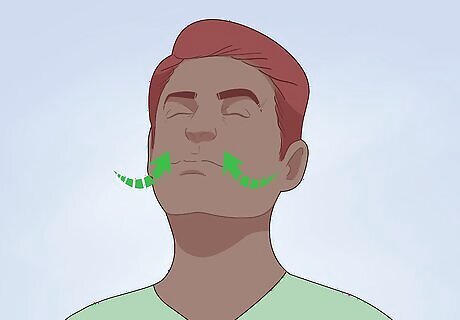
Practice breathing deeply while playing. Before playing a piece, take three or four deep breaths. An important aspect of dexterity is relaxing the muscles in your hands and fingers in order for them to move properly. Taking large, deep breaths before playing a piece will release tension in these muscles, as well as supply more blood flow (and oxygen) to your brain.
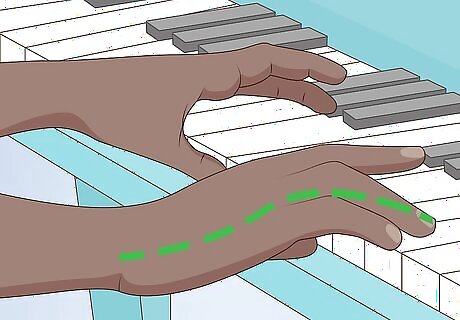
Maintain proper wrist placement while playing. For finger dexterity, an elevated, curved wrist position is vital in helping range of motion in your fingers and maximum mobility in your joints. Be as conscious of this position as possible during practice to consistently improve dexterity. During breaks from your playing, remind yourself of this important wrist position so that you can implement it in the second part of your practice.




















Comments
0 comment